
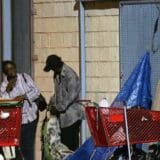
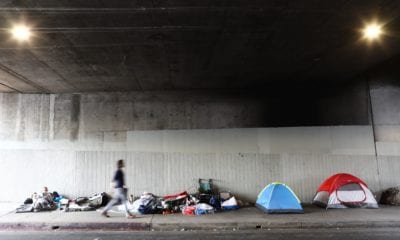
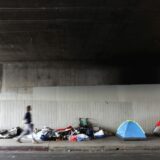
Youth, the elderly and whole families are tumbling into homelessness at a faster rate than they can be helped onto their feet.
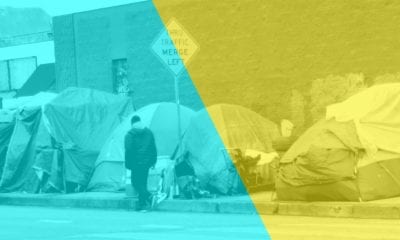

Why Los Angeles researchers are looking differently at Skid Row.
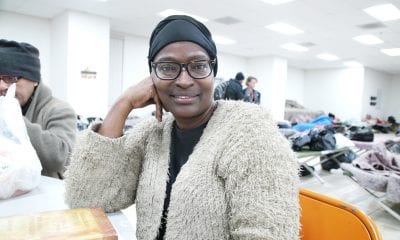

With more money than ever to spend on homelessness, Los Angeles County offers fewer winter shelter beds than last year. Why?

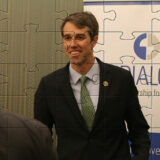
Capital & Main looks back at the year through 10 stories.


What: Randy Shaw discusses his book, Generation Priced Out.
When/Where: Skylight Books, Los Angeles; Saturday, Nov. 17, 5 p.m.
When I began writing my new book on the pricing out of the working and middle class from urban America — Generation Priced Out: Who Gets to Live in the New Urban America — the first place I turned to after the Bay Area was Los Angeles. I grew up in Los Angeles. I try to closely follow its land-use politics but was shocked to see how even neighborhoods like Boyle Heights faced displacement and gentrification. I also learned that Venice, which I always thought of as a progressive bastion, was filled with homeowners opposed to affordable housing in their neighborhood. The deeper I looked, the more I found the reasons for Los Angeles’ worsening housing and homelessness crisis: The city was not effectively protecting tenants and its rent-controlled units,
» Read more about: Randy Shaw on Los Angeles’ Lost Housing Generation »


Co-published by Beyond Chron
Evoking a previously unenforced “no pet” clause is one good way for property owners to empty a building before it’s put up for sale, or to push out low-rent tenants in a gentrifying area.
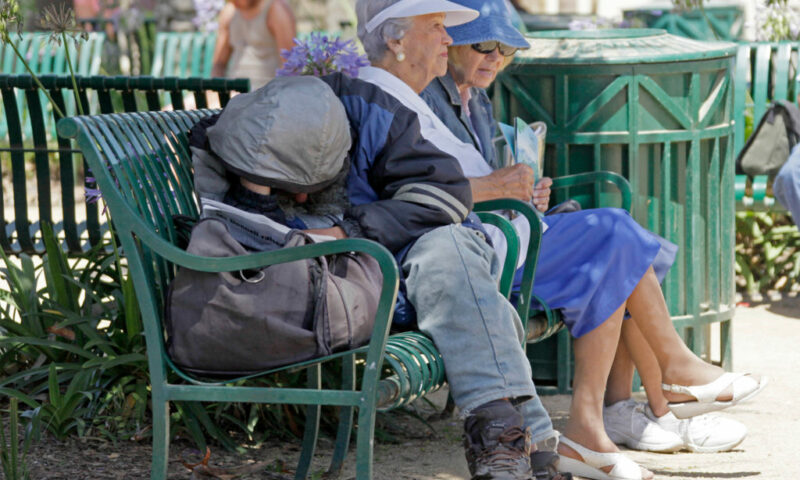
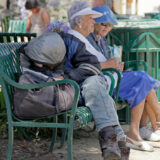
Throughout Los Angeles, landscaping is put to aggressive use, functioning as a weapon of anti-homelessness under the guise of beautification.
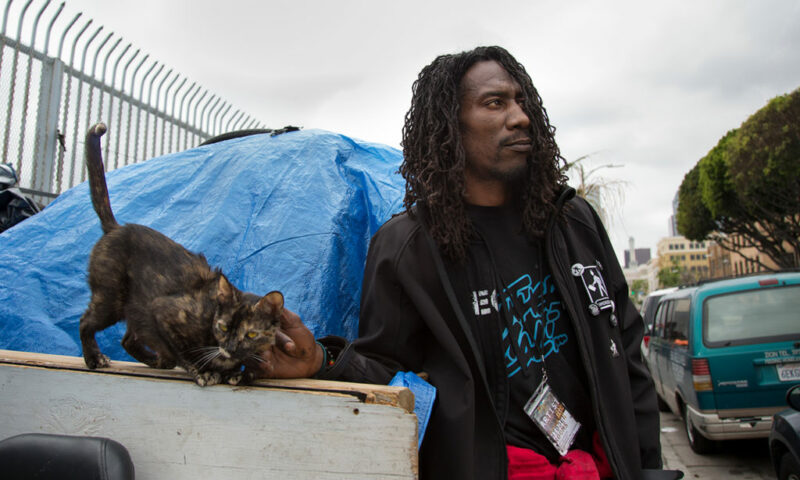
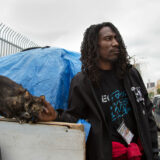
Pets can provide an invaluable source of companionship, comfort and security. That’s especially true for those without stable housing.
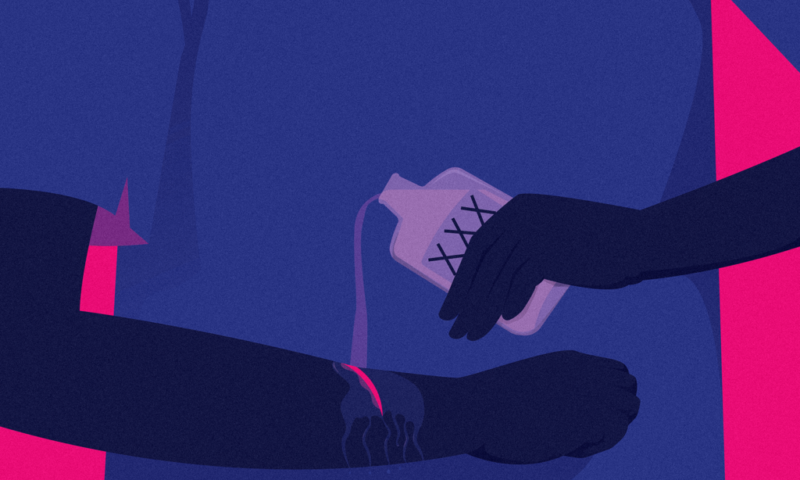
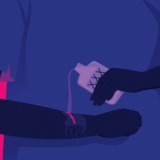
One health-outreach group’s mandate is to get homeless people into sustainable living situations. Even after a client is placed in permanent housing, the team will follow up and, ideally, get the person to regularly visit a clinic.


Dr. Coley King, director of homeless services at Los Angeles’ Venice Family Clinic, explains how multidisciplinary teams work in preparing homeless people for a better life.
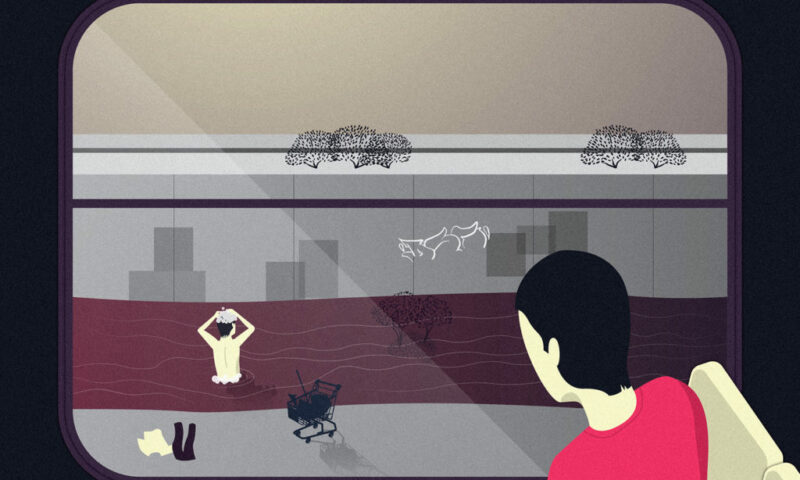

Facilities that provide showers and clean clothes encourage the homeless to seek health services and permanent supportive housing.
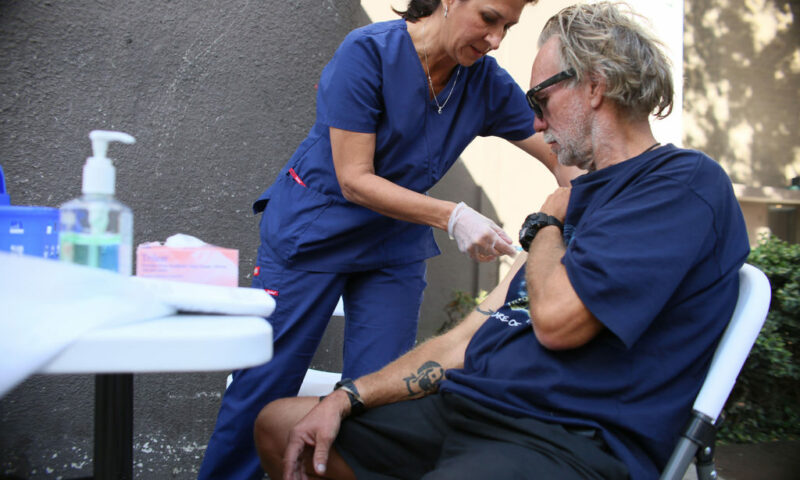
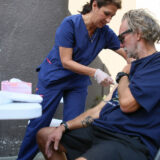
At the center of the homeless crisis are filthy encampments where people eat, sleep and relieve themselves, all within the same few square yards. City and county governments are confronting the problem in creative ways.
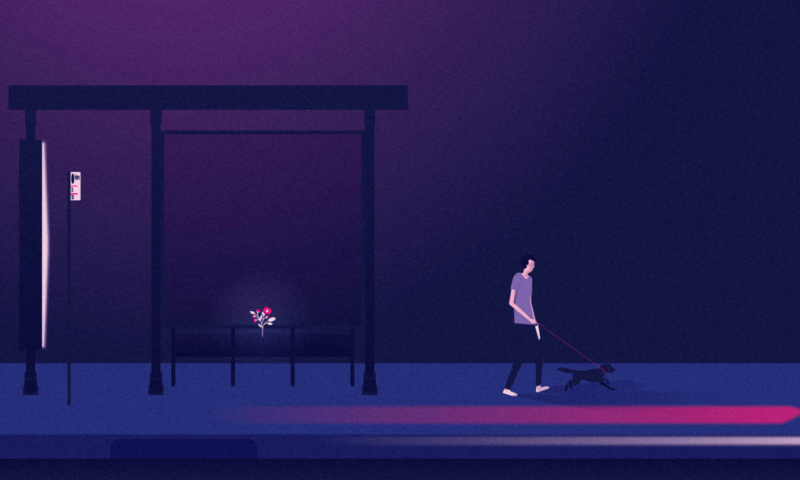

On a four-block walk from his Venice home, a filmmaker encounters sky-high rents, a pet store offering “anti-anxiety calming anti-aggression” dog treats and gourmet “hot smoked peppered salmon” at Whole Foods. Last December he found a body by a bus bench.
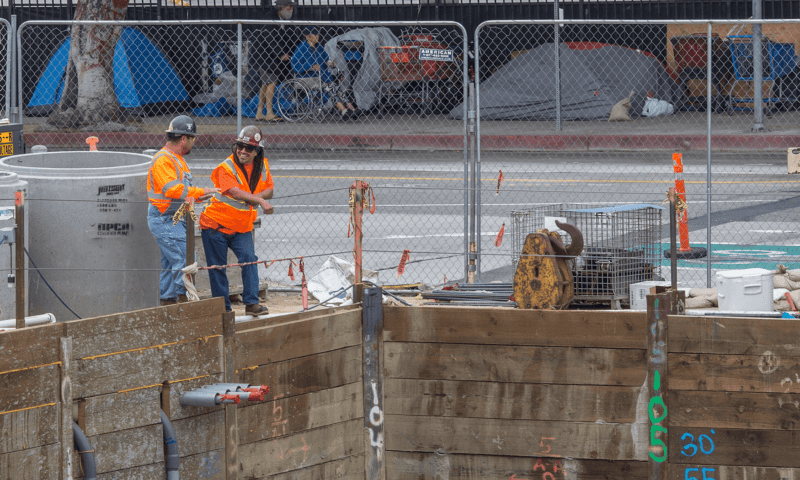
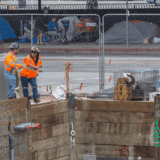
For homeless workers, earning a paycheck can take second place to finding a safe place to sleep at night.


For 10 days Capital & Main will look at homelessness through the eyes of the homeless – specifically, by seeing how they meet basic everyday needs.
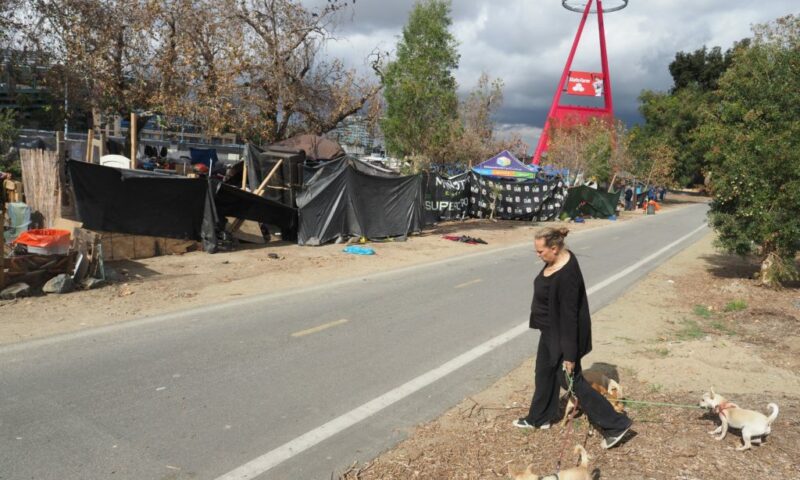
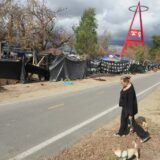
Escape Routes: Meta-Analysis of Homelessness in L.A., produced by the Los Angeles Economic Rountable think tank, finds that homelessness results from a cascade of system-wide failures, requiring a broad range of responses. Early intervention is key to all solutions.


At the beginning of this year, Orange County announced the simplest of solutions to its homeless problem: It would make living along the Santa Ana riverbed illegal and let the homeless figure out where to go.
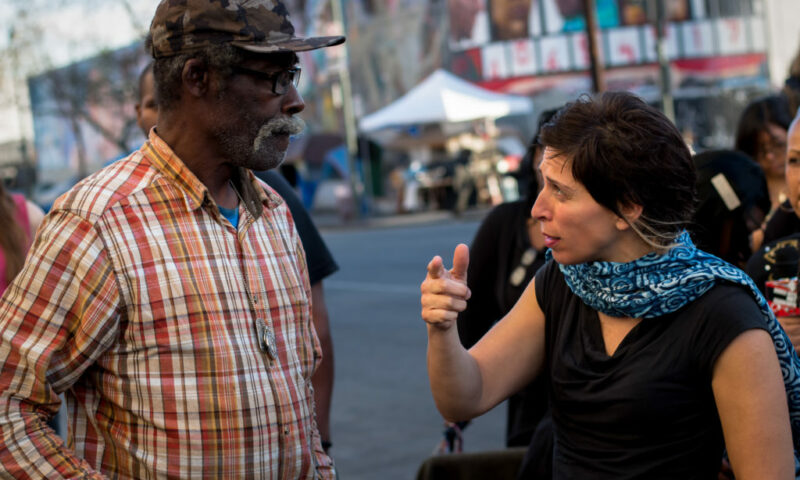
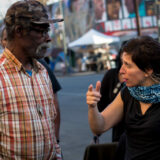
Nearly 58,000 people are homeless in Los Angeles County, according to a 2017 count — up from 20 percent from the year before.
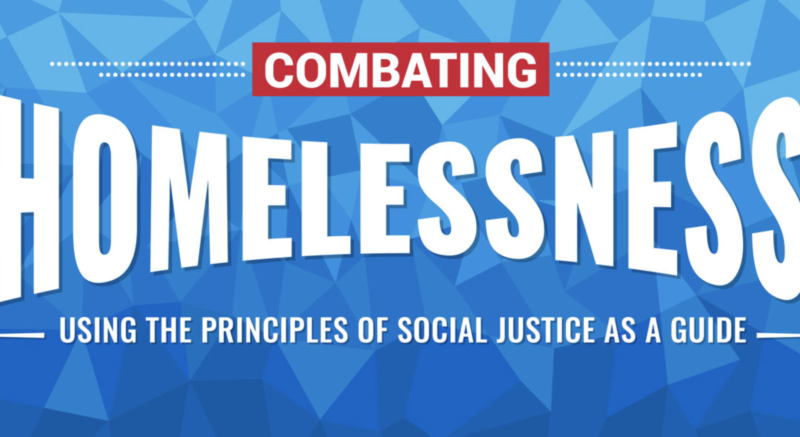
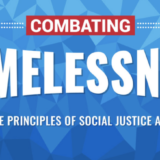
New federal data show that America’s homeless population has increased for the first time since 2010.